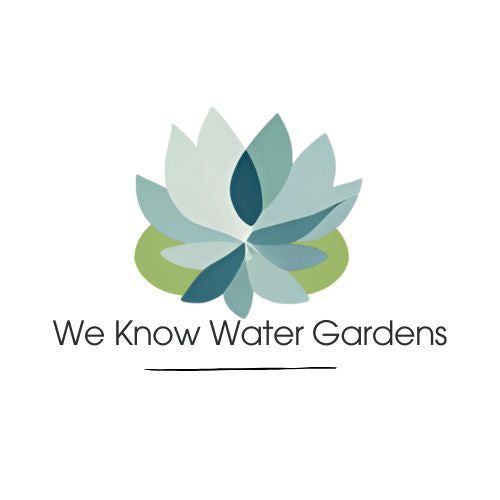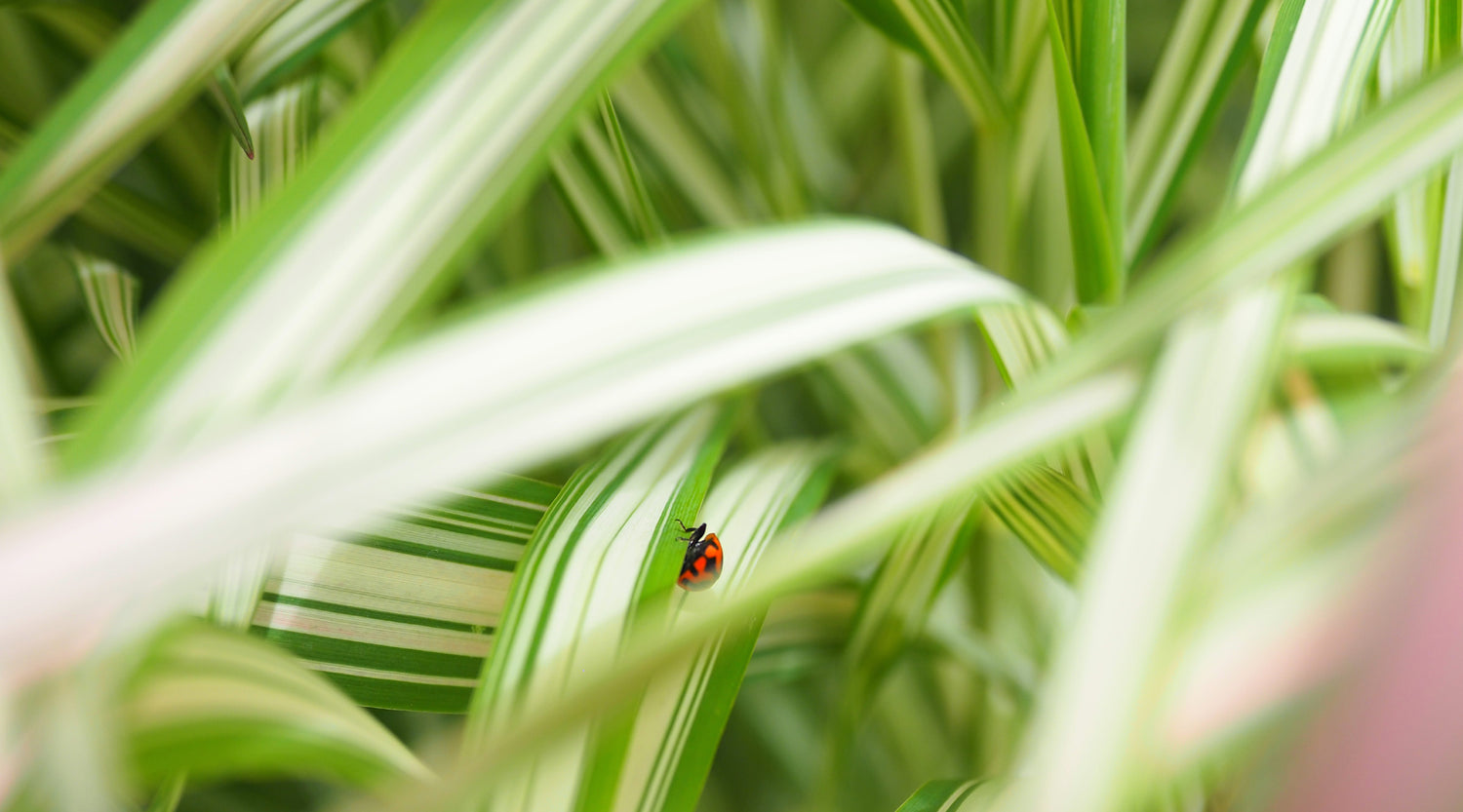Home
>
We Know Water Gardens Blog
>
Tadpole Care 101: A Step-by-Step Guide for Australian Pond Owners
Tadpole Care 101: A Step-by-Step Guide for Australian Pond Owners
on Aug 28, 2023

Are you a pond owner in Australia looking to delve into the fascinating world of tadpole care? Look no further! In this comprehensive guide, we will take you through the step-by-step process of caring for tadpoles in your Australian pond.
From understanding the lifecycle of tadpoles to providing the ideal habitat, we have got you covered. Learn about the different species of tadpoles you may encounter in your pond, and discover the best practices for feeding and maintaining their health.
With expert tips, practical advice, and helpful resources, this guide will equip you with all the necessary knowledge to ensure the well-being of your tadpoles and create a thriving ecosystem in your pond.
Whether you are a seasoned pond owner looking to expand your knowledge or a beginner taking your first dive into tadpole care, this guide is designed to meet your needs. Get ready to embark on an exciting journey of nurturing these tiny creatures and witnessing their transformation into beautiful frogs. Let's dive in and uncover the secrets of successful tadpole care in Australia!
Understanding the lifecycle of a tadpole
Tadpoles, the larval stage of frogs, undergo a fascinating transformation from aquatic creatures to land-dwelling amphibians. Understanding their lifecycle is essential for providing proper care. Tadpoles typically hatch from eggs laid in water by adult frogs. They are equipped with gills for breathing underwater and have a tail for swimming. As tadpoles grow, they go through various developmental stages, including the growth of legs and the disappearance of their tails. This metamorphosis eventually leads to the emergence of a fully formed frog.
To ensure successful tadpole care, it is crucial to be familiar with the different stages of their development. This knowledge will allow you to provide the appropriate environment and meet their specific needs at each stage. It's important to note that the duration of the tadpole stage can vary depending on the species, environmental conditions, and availability of food. By understanding the lifecycle of tadpoles, you'll be better prepared to provide the care they need as they progress through each stage.
What are some common frogs here in Australia?
Along the eastern states, you're most likely to see the common eastern froglet, striped marsh frog, the eastern dwarf tree frog and Peron's tree frog (pictured above).
Other species commonly found in backyard ponds include green and golden bell frog (endangered in NSW), grass spotted frog, this will typically lay it's spawn in warm pond water and the red eyed green tree frog found as far north as Mackay Queensland and as far south as Sydney!
Creating a suitable habitat for tadpoles is the first step in ensuring their well-being.
A well-designed pond provides the necessary conditions for tadpoles to thrive. The size of the pond should be appropriate for the number of tadpoles you plan to care for, allowing ample space for their growth. The water should be clean and free of pollutants, as tadpoles are sensitive to changes in water quality. Consider installing a filtration system to maintain optimal water conditions and prevent the buildup of harmful substances.
In addition to water quality, the depth of the pond is also crucial. Tadpoles require varying depths as they grow, starting with shallow areas where they can easily access the surface for breathing. Gradually, as they develop limbs and lungs, they will require deeper areas to explore and practice swimming. Providing a range of depths will cater to the changing needs of tadpoles throughout their development. Incorporate aquatic plants into the pond to offer shelter, shade, and a natural food source for tadpoles. By planting out your pond, you can assist tadpoles with safe habitat to carry out this development.
Most frogs and especially those found inAustralia like to be near water. Although they do not actually spend that much time in the water itself, it is essential for them to breed in. Frogs like ponds that have a lot of tall water plants around them such as Iris and Rush. If you look closely, they are often found at the base of these plants or even under the edging of the pond. A frog pond need not be a huge body of water, small prefabricated ponds and even a half wine barrel water feature with plenty of cover and plants is enough to attract a frog to your garden.
What are the best pond plants for tadpoles?
Planting your tadpole friendly pond is crucial to provide them with the best habitat at each stage of their life cycle. We recommend planting a mix of floating plants, marginal plants, and grasses or reeds.
The floating plants will provide an area for frog spawn. We have had great success using Australian native plants such as Nardoo. For more coverage, Brahmi will grow quickly in the warmer months and provide a great cover to protect tadpoles from birds and other prey.
Ensure that your pond has a good planting of marginal plants that will allow easy access in and out of your pond for all amphibians. There is a wide variety of marginal pond plants that you can choose from. We suggest, Vietnamese water mint from our edible pond plant range or creeping Jenny.
Long grasses and rush are essential for enticing frogs to your pond. They provide an excellent barrier to the surrounds of your pond and once planted, frogs will find this and use them for habitat. Gardeners Garters (Phalaris arundinacea) is an attractive soft green and cream plant that has a clumping nature. it can be grown in our pond plant floating ring or around the marginal areas of your pond. Frogs love this plant!
Feeding tadpoles the right food is essential for their growth and overall health.
As herbivores, tadpoles primarily feed on algae and plant matter. By creating a healthy pond ecosystem, you won't need to supplement this. As your plant selection, healthy water and warm temperature will attract insects both in and out of your pond to provide even more nutrient to your tadpoles so they can morph into frogs!
In addition to providing appropriate nutrition, maintaining a consistent daily care routine is vital for tadpole health. Regularly check the water temperature, ensuring it remains within the optimal range for tadpole development. The water should be warm enough to encourage growth but not too hot, as extreme temperatures can be harmful. Monitor the water quality using test kits to ensure the levels of ammonia, nitrites, and nitrates are within acceptable limits.
Predators pose a threat to tadpoles, especially during their vulnerable stages.
Protecting them from predators is crucial for their survival. You can use netting or mesh covers to prevent larger predators such as birds and fish from accessing the tadpoles. Provide hiding spots in the form of submerged plants or artificial structures to offer refuge for tadpoles. Creating a balanced ecosystem within the pond can also help control predator populations, as certain species of fish or insects may feed on potential tadpole predators.
As tadpoles near the end of their development, they will undergo a remarkable transformation. Their tails will shrink, and legs will emerge, marking the beginning of their transition into frogs. This stage is crucial and requires careful observation. Provide easy access to land by incorporating sloping rocks or vegetation to facilitate their exit from the water. Once the tadpoles have fully transformed into frogs, it's time to release them into suitable habitats outside the pond. Ensure the release area has adequate shelter, food sources, and water bodies to support their continued growth and survival.
Despite your best efforts, you may encounter challenges in tadpole care. Common problems can include poor growth, abnormal development, or diseases. Identifying and addressing these issues promptly is essential for the well-being of your tadpoles.
The fish that eat the least amount of eggs are small native species such as Smelts and Murray River Rainbows. Remember, frogs can lay hundreds, even thousands of eggs so you will nearly always get some tadpoles from a spawn. You can tell when your frogs have spawned as there will be a frothy layer with small black dots in it around your water garden.
Caring for tadpoles in your Aussie backyard pond can be a rewarding and educational experience. By understanding their lifecycle, providing a suitable habitat, choosing the right food, and maintaining proper care routines, you can ensure the well-being and successful transition of tadpoles into frogs. Remember to monitor water quality, protect them from predators, and address any potential problems that may arise. As you witness these tiny creatures transform into beautiful frogs, you'll be rewarded with a thriving ecosystem and a deeper appreciation for the wonders of nature. Happy tadpole care!
© weknowwatergardens 2023
Share



